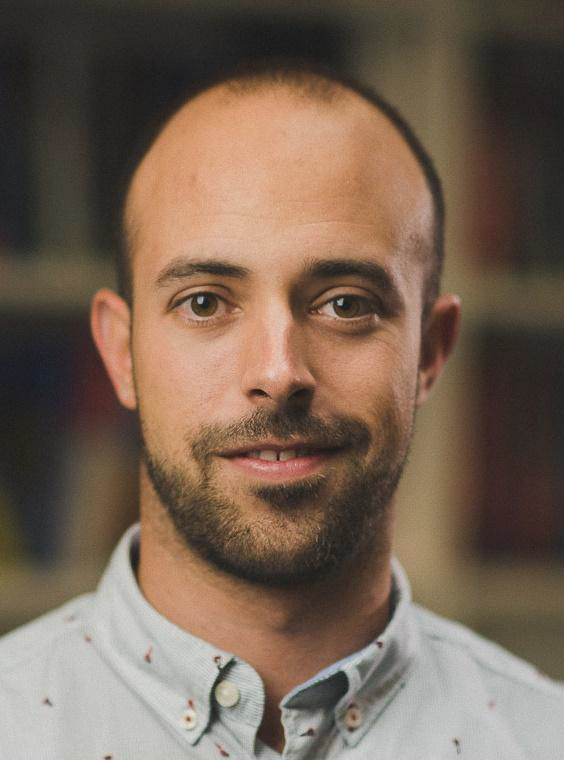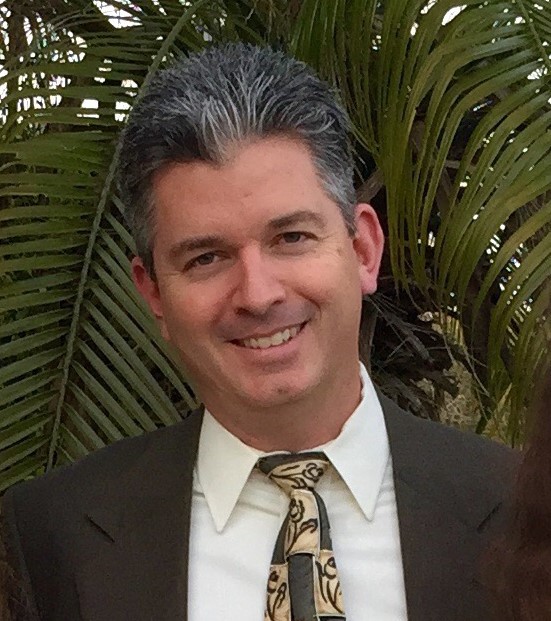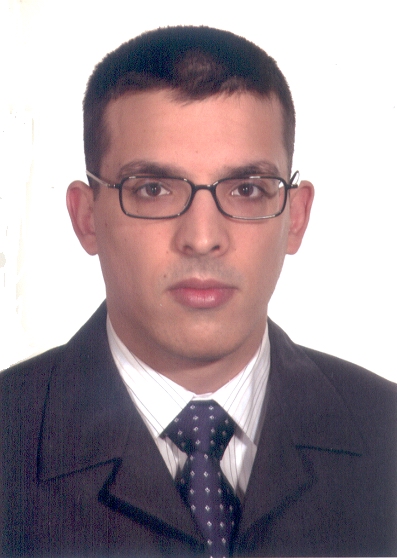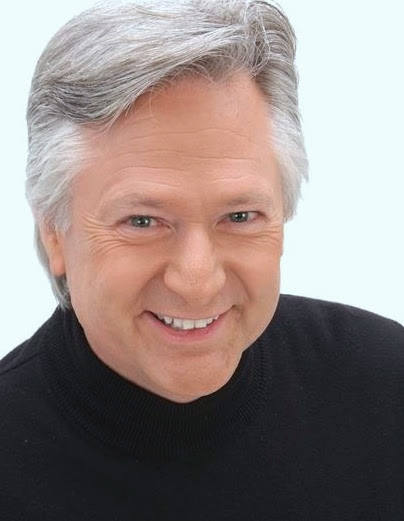Webinars and Podcasts
Upcoming Webinars -
November 21, 2023 - 3:00PM Kuala Lumpur, 8:00CET - REGISTER NOW
Unlocking the Future of Video: Adding Next Generation Video Codecs to the DVB Toolbox
Presenter: Jan Outters (ATEME, Director Technology & Standards, Chairman of DVB CM AVC (Commercial Module Audio Video Coding))

The upcoming webinar on " Unlocking the Future of Video: Adding Next Generation Video Codecs to the DVB toolbox" will explore the latest video compression technologies transforming the digital video landscape. Mr Outters (ATEME, Director Technology & Standards) will present the most recent advancements, focusing on the highly efficient VVC (Versatile Video Coding) codec, as defined by ISO/MPEG, and AVS3 from the AVS Alliance in China. He will explain how these codecs enhance video quality, reduce bandwidth requirements, and revolutionize the DVB ecosystem. In addition, Mr Outters will provide insights into their prospective deployments, and an outlook to the future of video delivery, making this webinar essential for professionals in broadcasting, streaming, and telecommunications.
Past Webinars & Podcasts-
All On Demand versions AVAILABLE ON THE BTS RESOURCE CENTER
The Evolution of Contribution Workflow: Have the Cloud and Modern IP Infrastructure Displaced Traditional Satellite and Private Fibre Networks?
Presenter: Paul Calleja, CTO and Co-Founder, GlobalM & Dan Maloney, Technical Marketing Manager, Matrox Video
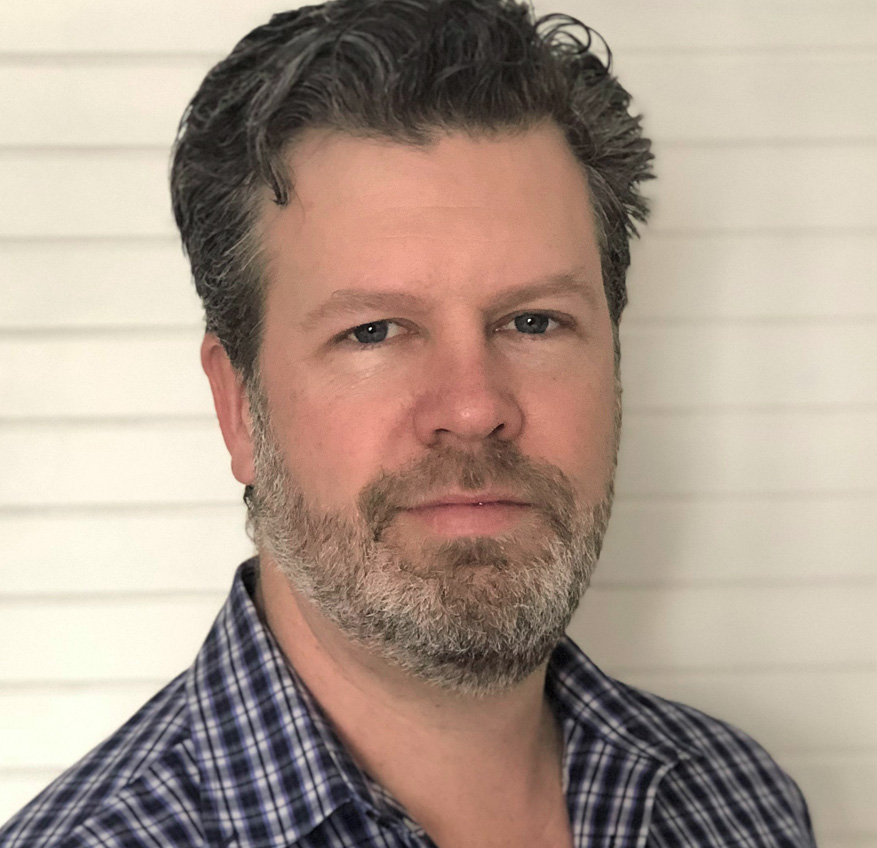
The video contribution and distribution industry is on the cusp of transition to new types of satellites. This trend is driven by the growing need for data, but presents a new challenge for broadcasters - working with new low earth orbiting satellites while maintaining the same quality of service that they are accustomed to.
In this presentation, we will explore these trends and discuss a new type of software defined video network technology. With modern internet infrastructure, broadcasters can continue providing the same level of service that they are used to with traditional satellite and private fiber network technologies, but with many added benefits that harness the power of the cloud.
Addressing Cloud-Based Interop Challenges
Presenter: Chris Lennon, Executive Director of the Open Services Alliance

With the move to the cloud, broadcasters have been faced with many new challenges. Chief among those is a shift from monolithic, primarily on-prem equipment to cloud-based systems and services. This includes a move toward a microservices-oriented architecture. The whole notion behind microservices is to use small, simple, focused services that do one thing reliably. This offers many advantages, but this can be tricky when it comes to making all of these microservices work seamlessly together (across vendors and across platforms). The good news is that organizations like the Open Services Alliance for Media, SMPTE and the EBU are helping to solve these challenges. We’ll dive into the challenges and some of the solutions that are emerging today.
An Introduction to 3GPP 5G Multicast and Broadcast Services
Presenter: Dr. David Vargas, Senior Research Engineer at BBC, working on 5G technologies for media distribution

3GPP Release-17 is standardizing in the 5G system using NR the support of general multicast and broadcast communication services such as: transparent IPv4/IPv6 multicast delivery, IPTV, software delivery over wireless, group communications and IoT applications, V2X applications, and public safety. 5G Multicast and Broadcast Services (MBS) is a point-to-multipoint service that can improve the network efficiency and user experience when transmitting the same content to multiple users. The design principle of 5G MBS is to minimise the implementation impact of the feature by reusing as much as possible 5G unicast architecture and functions. In this talk, Dr. Vargas will introduce use cases, design principles and functionality of 5G MBS with a focus on the standardization of the Radio Access Network. Finally, this talk will also present potential new features for MBS currently under discussion in 3GPP for the next Release-18, which will be the first release of 5G-Advanced.
Drone Based Antenna Pattern Analysis - Real World AM/FM Findings
Presenter: Jason Schreiber, Founder & Director of Sixarms and Gary Cavell, one of the founders of Cavell, Mertz & Associates, Inc.

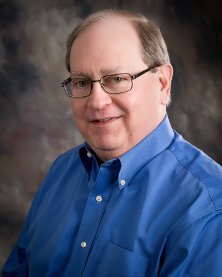
Drone-based RF measurement solutions are challenging traditional RF measurement procedures and practices for all Broadcast Technologies including AM Radio, FM and HD Radio and Digital TV. The use of drone based RF measurement automation has seen a significant increase in accuracy and a significant decrease in time to gather the results. This webinar introduces the viewer on how drone based RF solutions are changing and challenging the traditional ways in which AM and FM antenna operations and compliance can be measured.
Quality of Experience Models and Methods for Broadcasting
Presenter: Maurizio Murroni, Associate professor of Telecommunications at the Department of Electrical and Electronic Engineering (DIEE) of the University of Cagliari

During the last decade, the evolution of the TV market has been terrific. Broadcasters have been facing new challenges to cope with an increasing demand for new services from the user's side. With the convergence of second-screen adoption and the abundance of real-time news consumption via social channels, the broadcast landscape underwent a major transformation. Viewers have begun to demand highly customized experiences that meet their individual needs. In short, the evolving wants and needs of the viewer seem to be in the future of broadcast television. In the next few years, it is likely that this will become even more evident, with more people demanding customized television experiences through user-generated content and the option of micro bundled packages. To keep up, broadcasters must stay current with the latest innovations to engage with their customers.
To this end, there is a need to evaluate the level of enhancement of these experiences and to compare their functionalities and requirements so operators can properly design their networks and regulators can assess the services offered to the audience. This lecture will overview the state-of-the-art quality of experience (QoE) models and methods with a focus on broadcasting applications. The concept of QoE will be introduced first. Methods for the QoE assessment based on ITU Recommendations for test methodologies will be presented. Models and metrics for QoE will be then detailed. Future trends and challenges ahead on QoE for broadcasting will be announced. The talk will be a tutorial session and the audience is expected to have basic knowledge of multimedia systems and signal processing (BsC students in their final year, MsC students and PhDs).
Broadcasting: the past and the future in a connected world
Presenter: Peter Siebert, Broadcast Industry Advisor & Madeleine Noland, President of ATSC
The first television broadcasts around the world started more than ninety years ago, turning quickly into the preferred medium for media entertainment at home, replacing radio and movies. Those were hectic days for the broadcasting engineers facing daunting challenges day in and day out to satisfy the growing audience demands. Since those first decades, the broadcasting industry has fostered many cutting-edge technologies related to all the fields involved in a communications system implementation such as planning, channel coding, video coding, and wireless transmission, to name a few.
Standardization is a necessary precondition for the success of any technology that relies on interoperability among multiple diverse systems. Without these specifications in place the broadcast and consumer industry as we know it today would not be possible. Television and broadcast have come a long way, and Standards Development Organizations (SDOs) must stay ahead of the marketplace needs. We advanced from black and white to color, from analogue to digital broadcast, and now with the rise of mobile devices, streaming services, 5G and more, broadcasting must again move forward to meet the changing landscape. How will we consume media in the future? Will we still receive information and entertainment via terrestrial, satellite or cable broadcast? How are these systems evolving to bring the most value to businesses and consumers? How are SDOs leading the transformation?
In this webinar, you will have the opportunity to hear from two of the main players in standards development on recent advances in the broadcast industry: Madeleine Noland, current president of ATSC, and Peter Siebert former Executive Director of the DVB project. They will discuss the importance of the standardization process in an international and connected landscape, the main contributions of broadcasting to the data/media delivery in current affairs, the role of terrestrial broadcasting in a mobile, on-demand world, and the future prospective of broadcasting. In addition you will learn about the relevance of standards for the industry and insights on standards development.
This IEEE BTS webinar is a University and Industry exchange. A conversation highlighting challenges and benefits; discussing technology, applications, market demands and standardization. As the broadcasting industry continues to evolve at an incredible pace, it generates new challenges and opportunities. Discover your career in the future of broadcasting.
How do we measure the greenhouse gas emissions of broadcasting
Presenter: Jigna Chandaria, Lead Research Engineer, BBC R & D
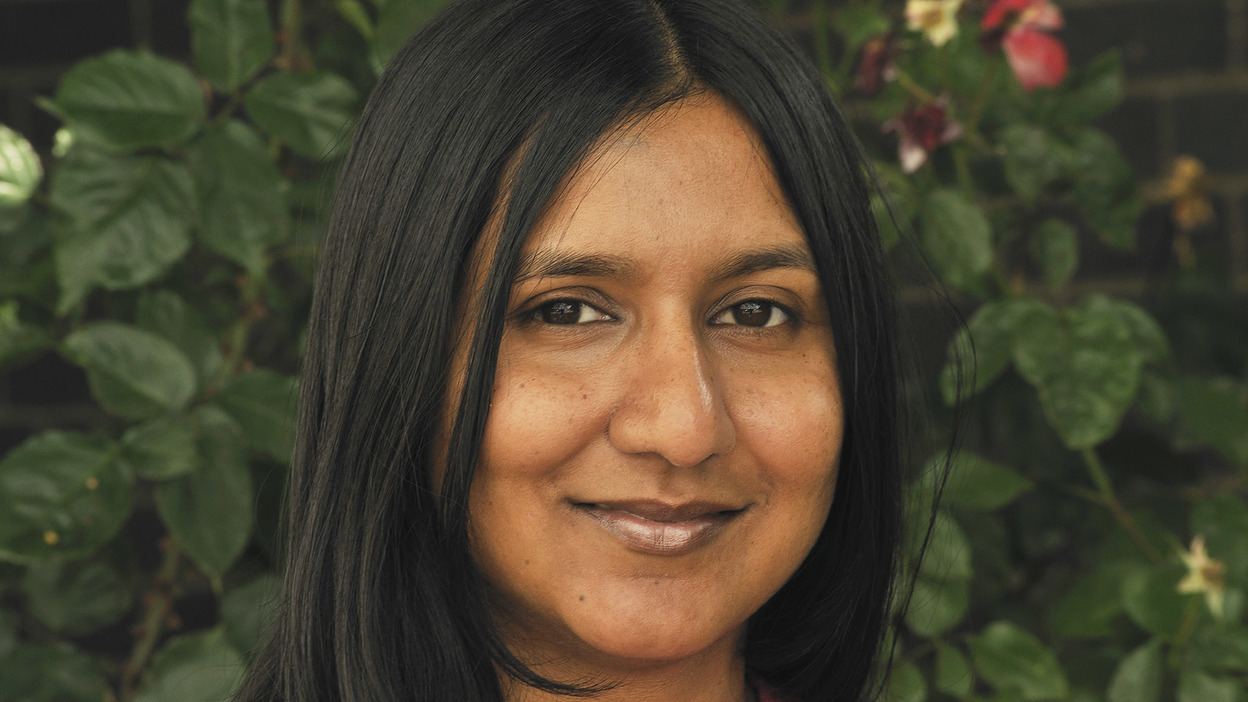
Tackling climate change requires every industry to play its part. But how do we measure the environmental impact of broadcasting? How could this footprint change due to new technologies, changes in audience behaviour or demographics? This talk introduces a method for modelling the energy use and greenhouse gas emissions of media services and shows the results when applied to BBC TV and radio services. It explores the use of scenario modelling to help us understand the effect of changes on the whole system.
Immersive, Interactive Audio Experiences with Audio Orchestrator
Presenter: Jon Francombe & Kristian Hentschel BBC R & D
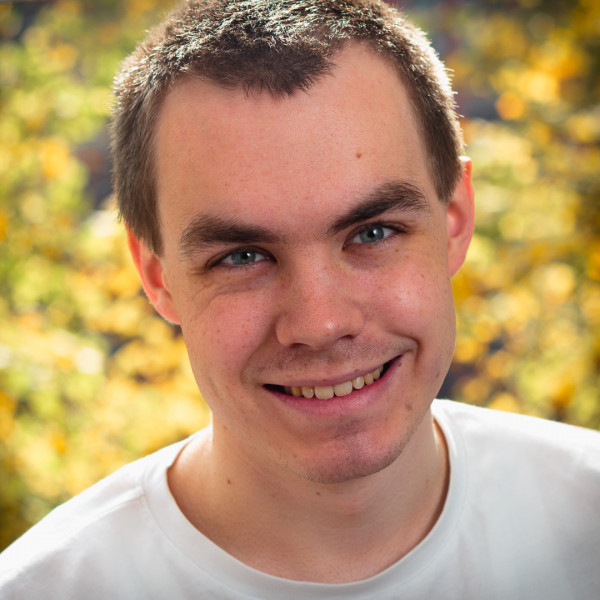

Device orchestration is the concept of delivering a media experience using a set of connected devices. The Audio Team at BBC R&D have been investigating this technique for delivering immersive and interactive audio-visual experiences. Following work on perceptual evaluation and use case scoping, we designed and released a production tool for rapid prototyping of orchestrated audio experiences. Audio Orchestrator is used to author metadata that ensures that audio objects are appropriately routed and that the resulting experience can adapt to the number and types of available devices. The output of the process is a customisable web application that handles the technicalities of orchestration (synchronisation, device pairing, and audio delivery). The tool is freely available for non-commercial use from the BBC MakerBox platform. Support is provided on a community forum, and full online documentation is available. Since its release in summer 2020, Audio Orchestrator has been used to create a number of trial productions, including audio drama (Decameron Nights, Monster), music (Pick A Part with the BBC Philharmonic) and sport (a Six Nations rugby highlights package). These have been viewed over 10,000 times on the BBC Taster website. In this talk, we'll introduce the technology, demonstrate the Audio Orchestrator workflow, and describe the trial productions.
Latest ATSC 3.0 Mobile Field Test Using Diversity Receiver
Presenter: Sung-Ik Park, Ph. D., Principal Research Engineer, ETRI, Project Leader of several ATSC 3.0 Projects

This webinar introduces the ATSC 3.0-based diversity receiver’s mobile performance under a well-designed SFN environment through extensive field tests. The field test shows the four- and two-antenna receivers have about 13 dB and 4.5 dB gain, respectively, compared to a single-antenna receiver in harsh metropolitan mobile conditions.
In-Content Personalisation at the BBC with Storykit
Presenter: Matthew Brooks, Lead R&D Engineer in the BBC's Research & Development
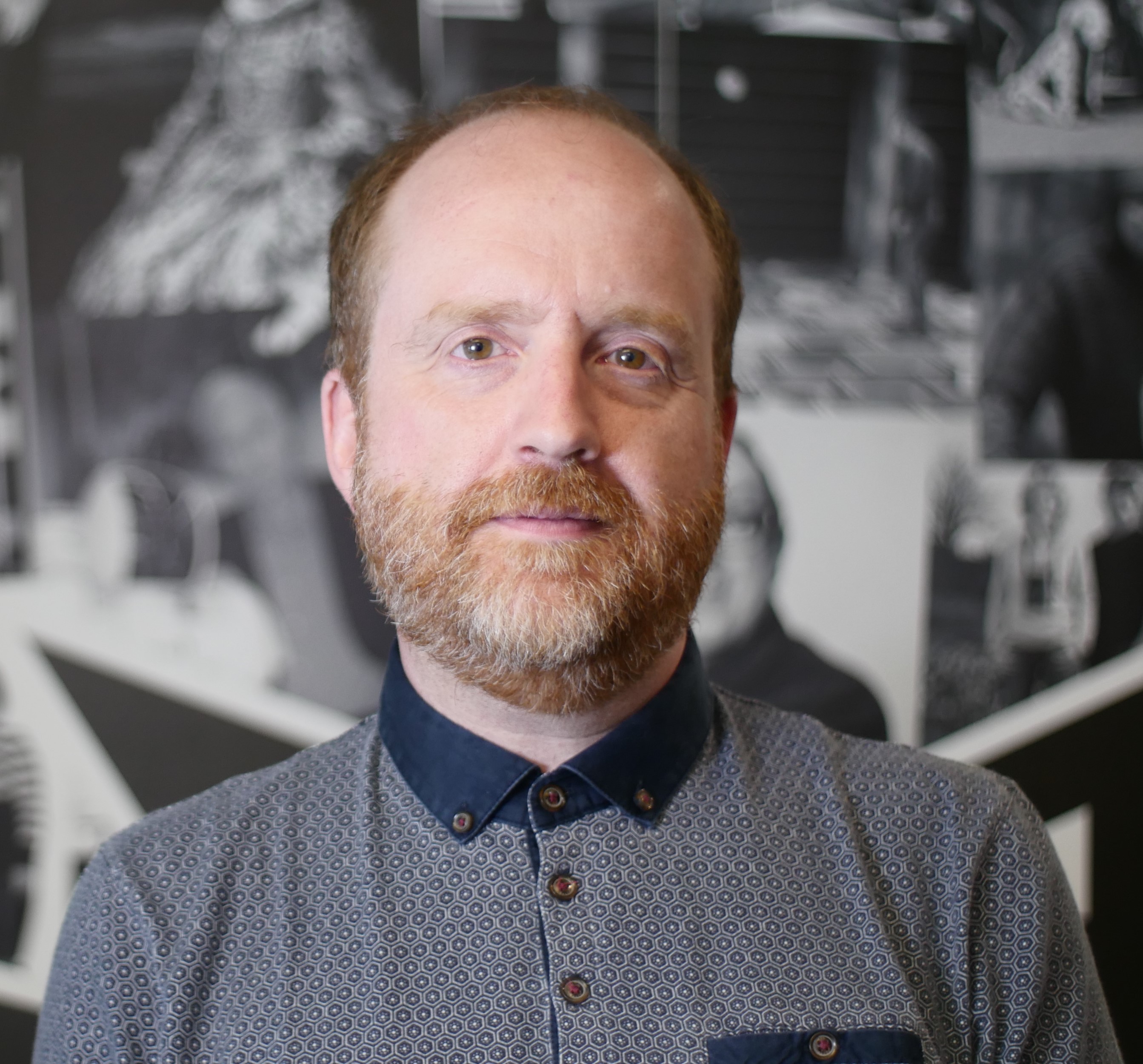
BBC R&D’s StoryKit is a cloud-based suite of tools that enables non-technical content producers to create and publish interactive, personalised audio-visual experiences. In this webinar, project lead Matthew Brooks will discuss StoryKit’s storytelling capabilities, and how they are being used to discover where interactivity and personalisation offer value to our audiences - as well as new data-driven approaches that could assist and automate the production of linear and interactive experiences in the future.
VVC - The New Versatile Video Coding Standard
Presenter: Virginie Drugeon, Sr Engineer, Panasonic Business Support Europe in Germany
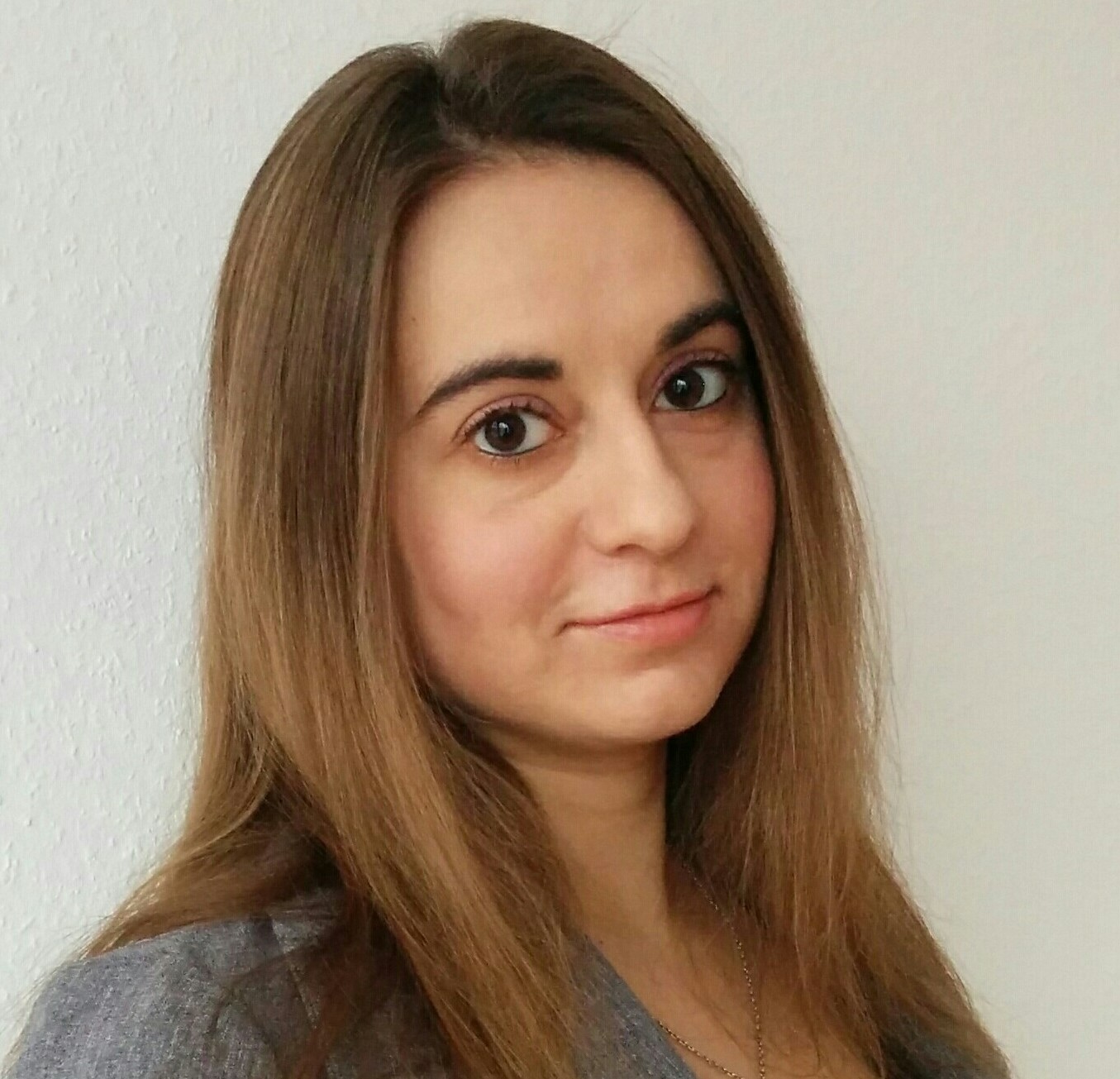
VVC is the new generation of joint ISO/IEC MPEG / ITU-T VCEG video coding standard, successor to the successful HEVC and AVC (also called H.264) video coding standards. As with previous generations, VVC is based on a hybrid video coding design, and aims to offer up to 50% bitrate reduction at the same quality compared to HEVC. In addition, VVC has been designed to support newer and more versatile use cases, such as extraction or merging of image regions at the bitstream level or improved functionalities for streaming.
Presenter: Tyler Morris, Tufts Graduate School of Electrical Engineering, Undergraduate WPI Electrical and Computer Engineering

Vision Models for HDR and WCG Imaging
Presenter: Marcelo Bertalmio, Professor at Universitat Pompeu Fabra, Spain

To enhance the overall viewing experience (for cinema, TV, games, AR/VR) the media industry is continuously striving to improve image quality. Currently the emphasis is on High Dynamic Range (HDR) and Wide Colour Gamut (WCG) technologies, which yield images with greater contrast and more vivid colours. The uptake of these technologies, however, has been hampered by the significant challenge of understanding the science behind visual perception. This webinar, aimed at academia researchers as well as industry professionals, provides an insight into the science and methods for HDR and WCG. It presents the underlying principles and latest practical methods in a detailed and accessible way, highlighting how the use of vision models is a key element of all state-of-the-art methods for these emerging technologies. It discusses their impact on image processing research and applications, as well as open challenges and future directions of research.
5G Opportunities for Content Production
Presenter: Dr. Ing, Maria Dolores Perez Guirao, Spectrum & Innovation Manager, Research & Innovation, Sennheiser Electronic GmbH & Co. KG
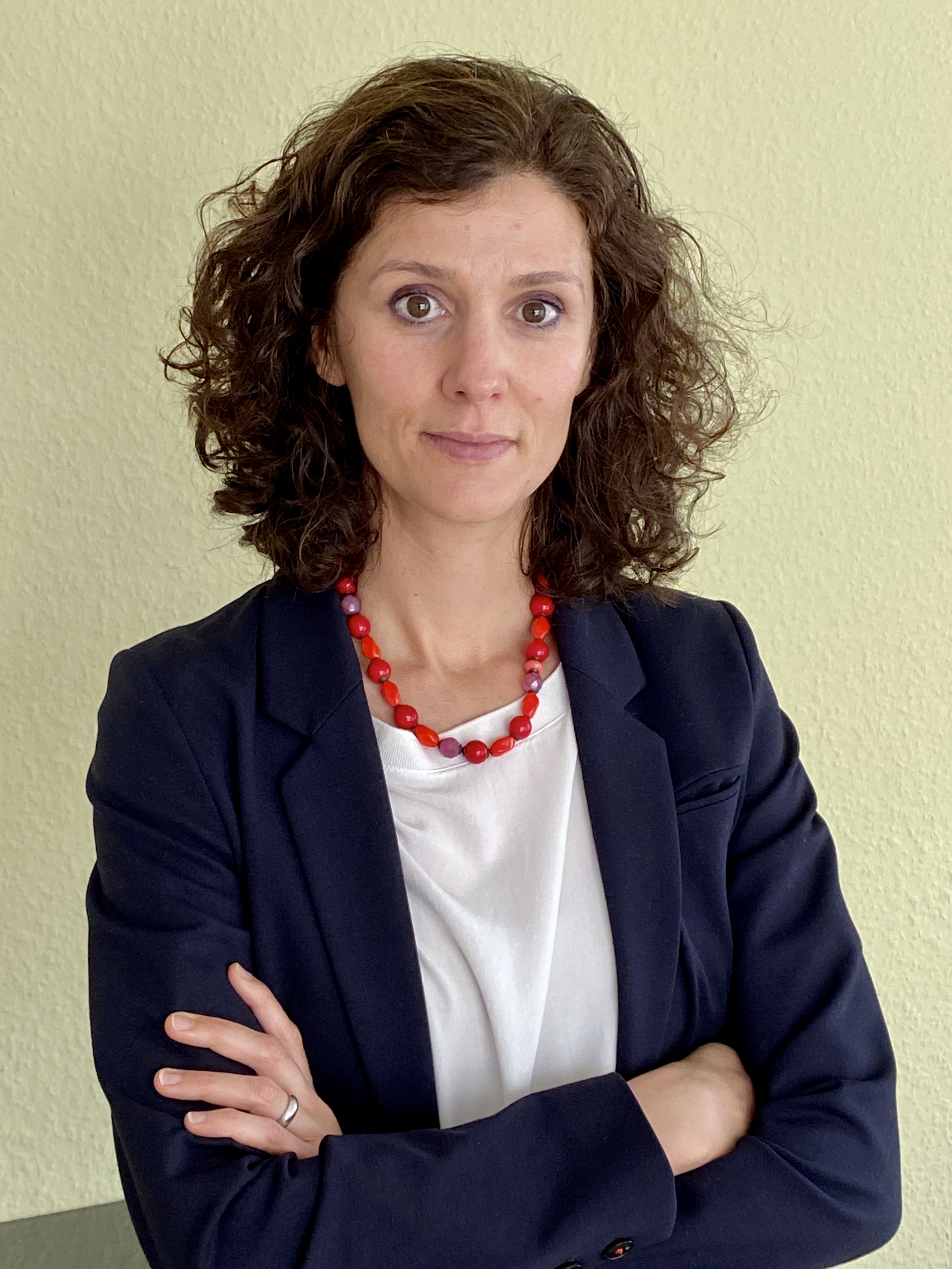
First, Dr. Pérez Guirao discusses content production use cases and their potential requirements to 5G. Although most of the use cases discussed are already possible with existing technologies, they may see a successive migration to 5G as far as it is able to provide an added value (e.g. cost reduction, simplification of workflows, interoperability) to involved stakeholders. Further use cases, that may be first enabled by 5G, will also be discussed. Further, Dr. Pérez Guirao will resume the standardization activities initiated by the content production community in 3GPP Rel-17 as well as the 5G-MAG activities to accelerate standards development and adoption. To conclude the talk, Prof. Gomez-Barquero, as the project coordinator, will introduce the recently started 5G-RECORDS (https://5g-ppp.eu/5g-records/) project, an EU funded project which for the very first time brings together at a large scale the content production (PMSE) sector with the telecom sector.
Video Quality & QoE Assessment of High - Quality & Immersive Video - Tests, Models & Standardization
Presenter: Alexander Raake, Audiovisual Technology Group, Institute for Media Technology, Ilmenau University of Technology (TU Ilmenau), Germany
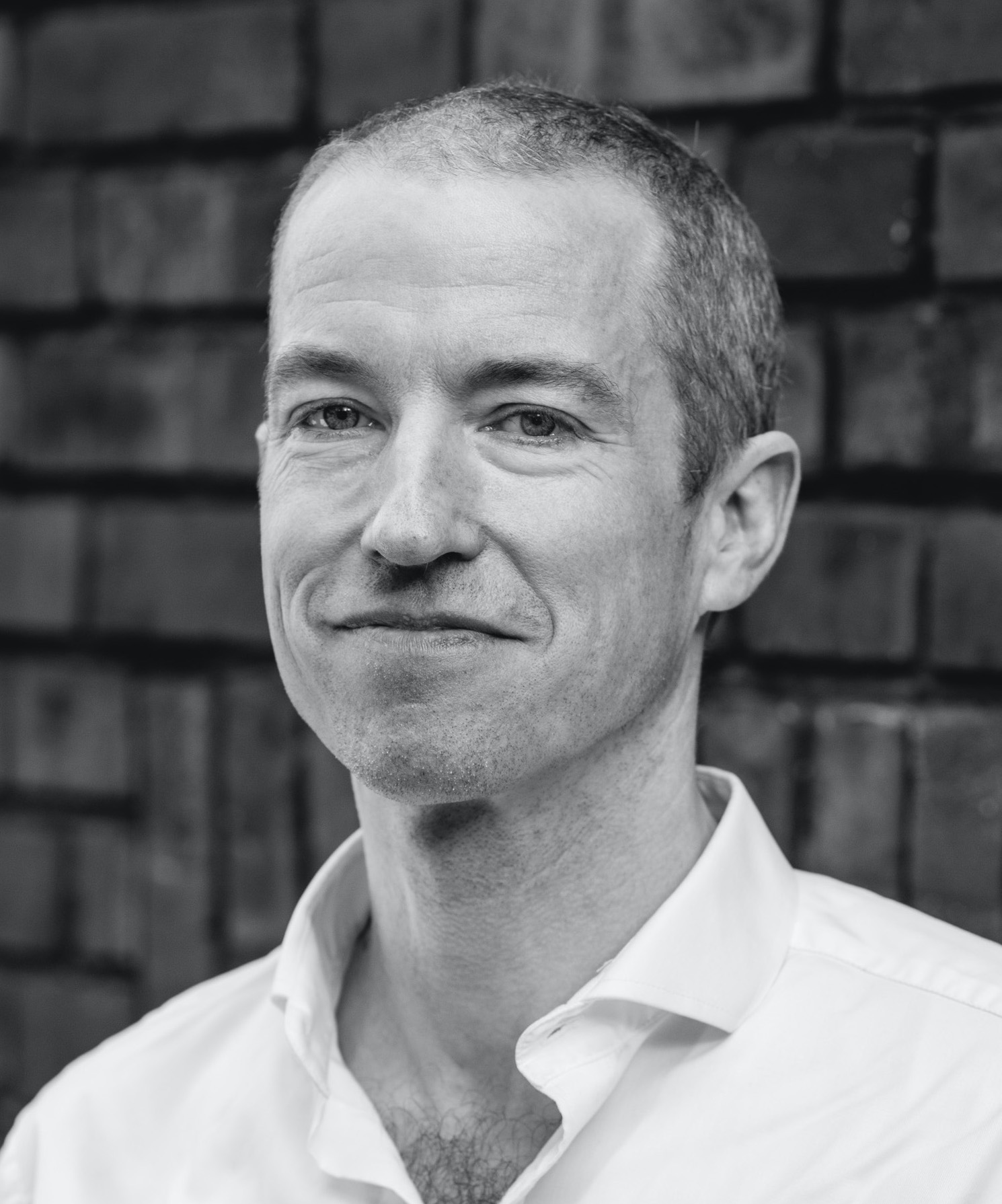
The talk summarizes work conducted by the author's group over the past five years and its context within the international standardization in ITU-T Study Group 12 and the Video Quality Experts Group (VQEG). First, the talk discusses subjective test methods for high-quality and immersive video, including sensory evaluation for analytic video-quality assessment, especially addressing high-quality content production, the assessment of the suitability of content for coding- and transmission-related quality assessment, subjective test methods for video-quality and a more holistic QoE evaluation including presence and simulator sickness, as well as considerations on user-behavior tracking. Further, the talk presents modelling approaches for the automatic prediction of different aspects of quality and QoE, primarily focusing on so-called parametric models suitable for a light-weight service quality monitoring. The talk concludes with an outlook on ongoing activities also within the standardization groups the author is involved with.
Activity of Disseminating Japanese EWBS Technology
Presenter: Yasuji Sakaguchi Co-Authors: Yasuo Takahashi & Seiji Sakuma


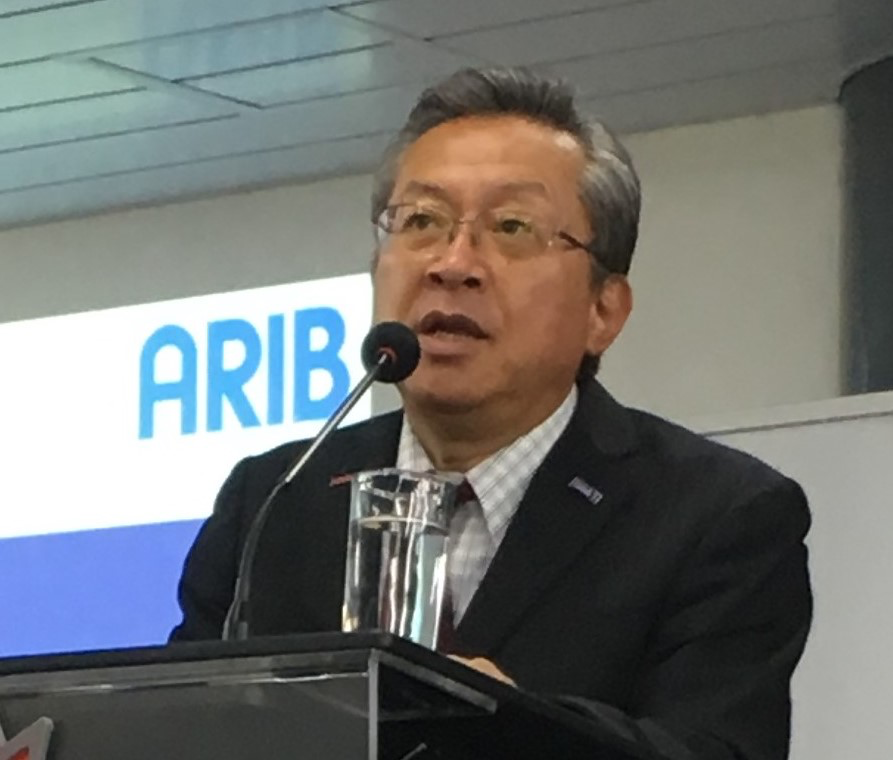
5G Opportunities For Media Distribution
Presenter: Dr. Jordi J. Gimenez, Project Manager, 5G-MAG
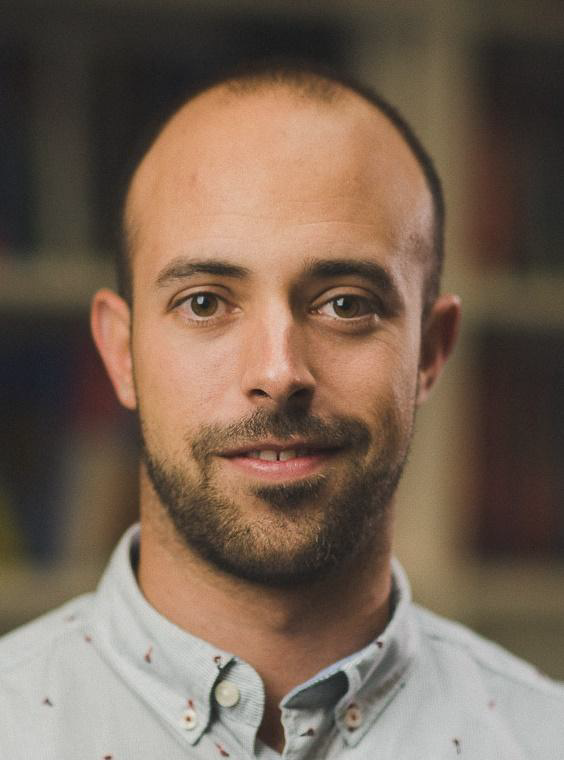
3GPP technologies are being shaped to accommodate features and functionalities demanded by the media industry. Originally driven by the needs of mobile networks to accommodate the increasing consumption of multimedia content, the scope has broadened to offer solutions to different stakeholders - including media service providers, CDN providers, network operators - for the distribution of services to the end users. Enhancements to 5G include features to improve its ability to distribute media content and services, not only using unicast but also relying on multicast or broadcast, edge caching, virtualized media functions, network slicing or even the potential of using both terrestrial and satellite networks. A wide set of options that may create the framework for enhancing IP-based distribution of media content to users.
Network Resource Allocation System for QoE-Aware Delivery of Media Services in 5G Networks
Presenter: Roberto Viola, Research Associate at Digita Media Department, Vicomtech Foundation, Basque Research and Technology alliance (BRTA)
The explosion in the variety and volume of video services makes bandwidth and latency performance of networks more critical to the user experience. To cope with the traffic demand and content provider's service level agreement (SLA), 5G telecommunication networks are expected to outperform current networks in terms of keyperformance indicators (KPIs). Machine Learning (ML), Software Defined Network (SDN) and Network Function Virtualization (NFV) are key technologies to enable dynamic network setup in 5G networks. The webinar will overview these technologies and show results of a Network Resource Allocation System which exploits real time captured metrics to manage the network topology through the SDN Controller.
Cybersecurity in the Broadcast Plant Environment: Beginners Guide to Becoming a "Gray Hat Hacker"
Presenter: Wayne Pecena, Associate Director of Educational Broadcast Services at Texas A&M University- Director of Engineering for Texas A&M Public Broadcasting Stations KAMU TV & FM
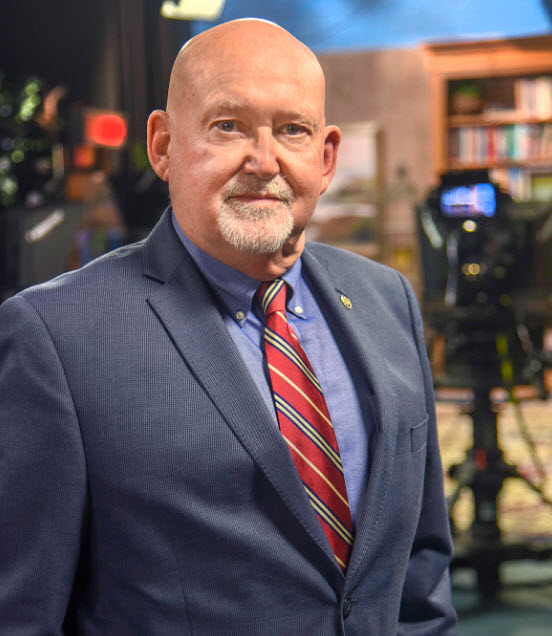
Beginners Guide to Becoming a “Gray Hat Hacker”
The IP network has become an integral part of the broadcast technical plant and as a result, cybersecurity can’t be ignored. Cybersecurity is now an ongoing essential task for the broadcast engineer in the IT centric broadcast technical plant. This presentation will review popular cyber threats, best practice mitigation, and introduce penetration testing utilizing common “hacker” tools and techniques as a means to verify cybersecurity protections thought to be in place.
Technology for Reliable Transport Over Unreliable Networks- IP Audio in Broadcast Applications
Presenter: Derek Badala, Industry Veteran with 26 years of Pro Audio, Broadcast & MI experience
IP Audio Codec technology for reliable transport over unreliable networks is a class designed to educate attendees about the world of IP Audio Codecs for Broadcast Applications. This class will give attendees the foundations of IP Audio, IP Audio Transport over a LAN / WAN, as well as the keys to reliable audio transport for Broadcast-Critical applications.
The Apollo System for ATSC 3.0
Presenter: Gary Blievernicht, Director of Engineering for WKAR Television at Michigan State University

Apollo PublicTV Platform, a NextGen TV accelerator platform for Public Broadcasters, launches a 3-in-1 solution that enables broadcasters to begin NextGen TV broadcasts today, on a pay-as-you-use model, requiring minimal investment.
NextGen Broadcasting (NGB) as a Service is a patent pending 3-in-1 solution from Apollo PublicTV Platform that leverages a station's existing ATSC 1.0 broadcast spectrum to launch ATSC 3.0 services.
Viable Deterministic 5G System Model
Presenter: Ling Ling Sun, Assistant General Manager Technology/Chief Technology Officer of NET (Nebraska's PBS & NPR Stations)
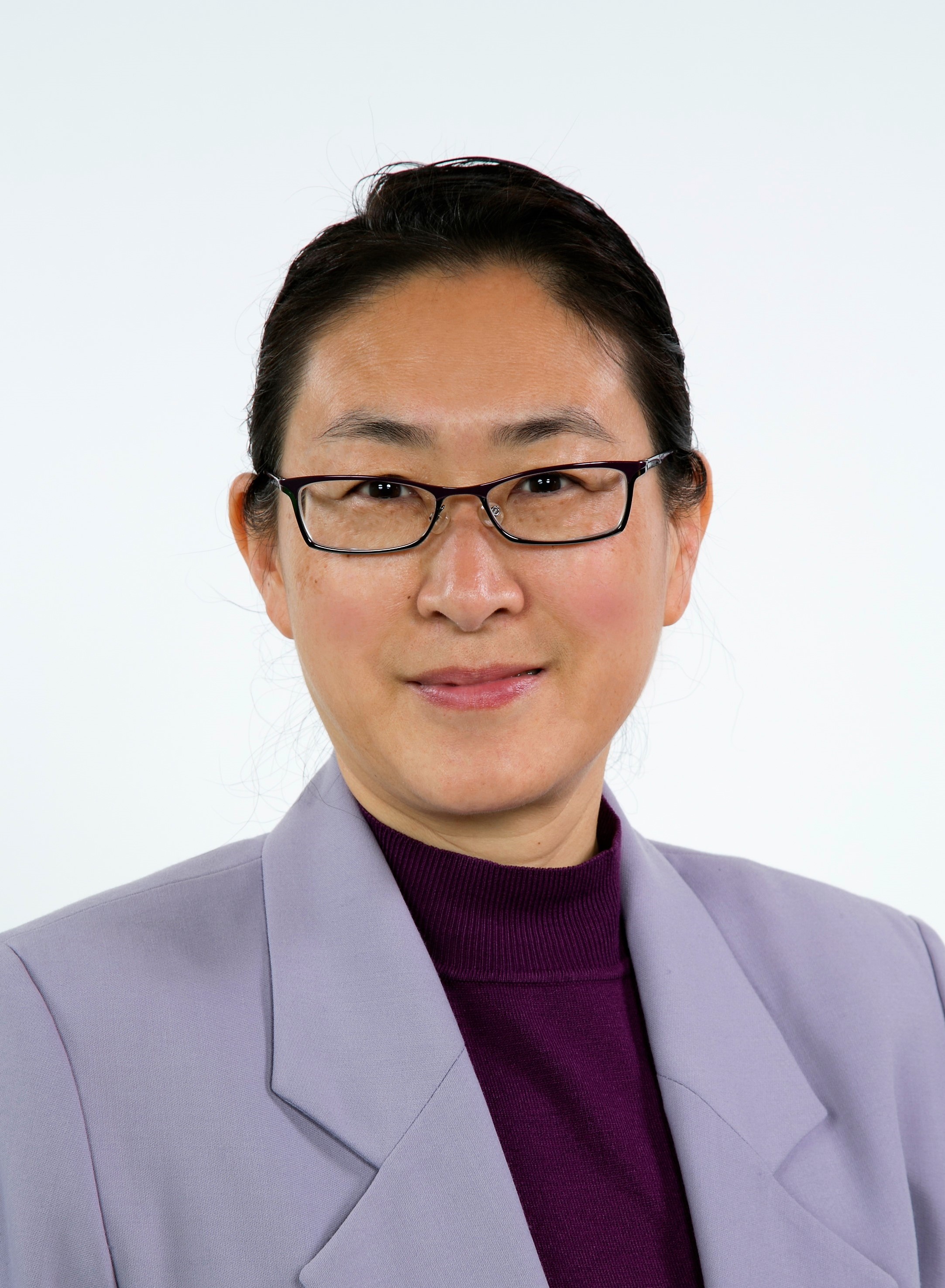
Recently, there are increasing studies in deterministic 5G, in both academia and industry. It is stated that “5G deterministic network is based on Cloud-Native and distributed architecture, leveraging key technologies such as heterogeneous MEC and dynamic intelligent Network Slicing, to meet differentiated network requirements and deterministic SLA commitments through a single cloud, enabling thousands of industries” (Jacqueline Shi, MWC, Shanghai, June, 2019). However, a viable system model is lacking to conceptually summarize key features of deterministic 5G network. Viable system model (VSM) for organization has been utilized to manage networking complexity (Ling Ling Sun, Jun 17, 2019, TVTechnology).
5G Broadcast Status and Overview: From LTE-Based Terrestrial Broadcast (FEMBMS) to Native Multicast Broadcast Support in the 5G New Radio and the 5G Core
The Next Three Innovations for Networked Radio
Presenter: Kirk Hamack, Telos Alliance, Partner & VP-Engineering South Seas Broadcasting Inc., Partner & Director of Engineering Delta Radio LLC.
Over half of all US radio facilities are using Audio over IP. More are converting every day as AoIP technology offers undeniable advantages to all stakeholders. Broadcast engineers are consistently experiencing the serendipity associated with networked IP audio. They're uncovering new capabilities and applications that were never available - or never convenient - with baseband analog or AES3 audio connections. This presentation exposes the ever-spiraling discovery and development cycle that drives these new capabilities and applications.
- Presenter: Luke Fay, Chairman, ATSC Technology Group 3
This webinar will review the ATSC 3.0 protocol at the physical layer and link layer as described in ATSC standards A/321, A/322, and A/330 for R&D engineers in digital communications. It will provide an in-depth look at how the physical layer is constructed, possible areas of improvement, and where things are revolutionary. ATSC 3.0 has an IP backbone protocol stack and the interface between that backbone and the physical layer is called "ATSC Link Layer Protocol (ALP)," which will be described in the same aspect, revolutionary tactics, and possible areas of improvement. The ATSC 3.0 physical layer is one of the most efficient and highly configurable interfaces of today and allows for technology to evolve over time.
This webinar will review the ATSC 3.0 protocols on service signaling, service delivery, and security as described in ATSC standards A/331 and A/360. It will provide an overview of the service signaling and delivery protocols, as well as an overview of the security protocols including broadcast and application authentication, content encryption/DRM mechanisms, and broadband (internet-connected) security.
Cybersecurity Concerns & Mitigations for Broadcast & Multimedia Facilities
- Presenter: Wayne M. Pecena, Associate Director of Educational Broadcast Services at Texas A&M University- Director of Engineering for Texas A&M Public Broadcasting Stations KAMU TV & FM

As the broadcast station has adopted an IT based infrastructure, the IP network has become an integral part of the broadcast technical plant. With this adoption, cybersecurity threats have become a concern that can't be ignored. Cybersecurity is now an ongoing essential task for the broadcast engineer in the IT centric environment. This webinarwill seek to provide an understanding of cybersecurity concerns, principals, and proactive implementation techniques in the broadcast station environment.
- Presenter: Mark Corl, Chair, S38 Specialist Group on Interactive Environment, co-chair of TG3-9 AHG on Interlayer Communications in the ATSC 3.0 Ecosystem

This webinar will provide an overview of the NextGen TV Interactivity Standard with a focus on practical aspects of deploying interactive broadcaster applications to receivers implementing the standard. Specific examples of key revenue-enhancing aspects of the standard will be highlighted including Dynamic Ad Insertion and personalization. Attendees will learn the features that the interactive content standard provides and how various platforms are simplifying these interfaces by providing software development kits.
- Presenter: Giuseppe Araniti, Ph.D. Degree in Electronic Engineering and 2000 Laurea recipient from the University Mediterranea of Reggio Calabria

4K HDR Workflow: From Capture to Display
- Presented by Toshi Ogura (Chief Distinguished Engineer, Sony Visual Product) and Pablo Espinosa (Senior Staff Engineer, Sony Visual Products America)

This webcast will cover the fundamental beginnings of HDR with a brief history and will describe the key benefits of HDR as it relates to the fundamentals of video. It will also discuss more details into the two different HDR transfer functions available today PQ and HLG and their benefits and applications to different markets. The 4K HDR workflow from camera capture to distribution will also be discussed and the different standards available today both open and proprietary will be described. From the display side the process of Display Mapping will be explained. Proper Display Mapping manages to maintain creative intent even if the color gamut and luminance range of the content is wider than the display’s capabilities.
5G New Radio for Terrestrial Broadcast A Forward-Looking Approach for NR-MBMS
- Presented by Dr. Jordi J. Gimenez, Research Engineer, Funksysteme/Radio Systems 3GPP
